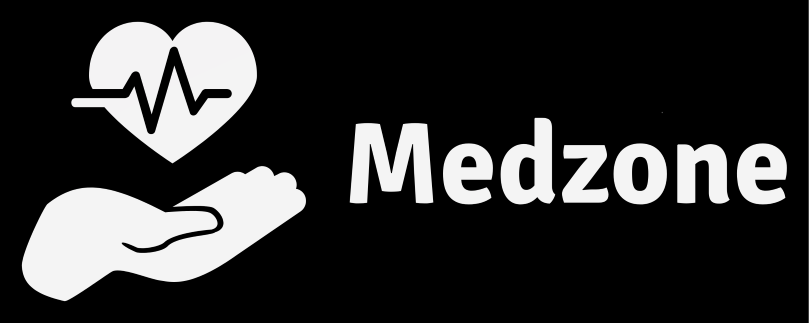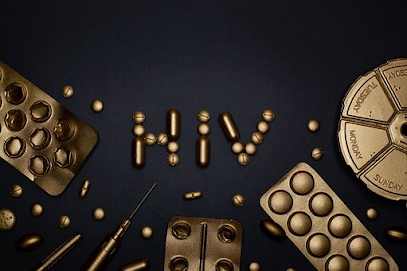HIV / AIDS (Human Immunodeficiency Virus)
Introduction:
HIV (Human Immunodeficiency Virus) is a virus that attacks
the immune system and causes AIDS (Acquired Immune Deficiency Syndrome). HIV
attacks her CD4 cells, a type of white blood cell that plays a key role in
fighting infection. Over time, HIV can destroy many of these cells, leaving the
body unable to fight infection and disease. AIDS is the final stage of HIV
infection and can be fatal if left untreated.
Cause:
HIV is spread through certain bodily fluids such as blood,
semen, vaginal secretions and breast milk. Some of the most common ways to get
HIV are:
- Sharing needles: HIV can be transmitted by sharing needles and other drug paraphernalia with someone who has the virus.
- Mother-to-child transmission: HIV can be passed from mother to child during pregnancy, childbirth, or breastfeeding.
- HIV is not transmitted through casual contact such as hugging, sharing food and drink, or using the same toilet.
Signs and Symptoms:
HIV symptoms vary depending on the stage of infection. In
the early stages of HIV infection, many people have no symptoms at all, but
some develop flu-like symptoms within 2 to 4 weeks of exposure to the virus.
These symptoms may include:
- fever
- headache
- muscle pain
- rash
- swollen lymph nodes
As the virus progresses symptoms may include:
- chronic Diarrhea
- Rapid weight loss
- Pneumonia
- Night sweats
- Recurrent fever
- Depression
- Persistent fatigue
- Memory loss
It is important to note that not all people are infected with
HIV.
Prevention:
HIV prevention includes measures to reduce the risk of
infection. Here are some ways to prevent HIV.
- Practice Safe Sex: Use condoms or other barriers during sex to prevent the exchange of bodily fluids.
- Use a clean needle: If you use a needle to inject medication, use a new clean needle each time.
- Get tested: Get tested for HIV regularly if you are sexually active.
- Consider pre-exposure prophylaxis (PrEP). PrEP is a daily medication that can reduce the risk of contracting HIV in people at high risk of HIV by up to 99%.
- Consider Post-Exposure Prophylaxis (PEP): PEP is a drug taken within 72 hours of exposure to HIV to reduce the risk of infection.
Treatment:
There is currently no cure for HIV, but there are
medications that can help people with HIV live longer, healthier lives. These
drugs are called antiretroviral therapy (ART) and work by slowing the
progression of the virus.
ART is a combination of medicines taken daily, usually in
pill form. These drugs have side effects but are generally well tolerated.
People living with HIV who receive ART can live for decades without developing
AIDS.
In addition to ART, there are other treatments that can help
treat HIV and its complications. These may include drugs to prevent or treat
opportunistic infections (infections that take advantage of a weakened immune
system) and drugs to treat conditions such as diarrhea and neuropathy.
Conclusion:
HIV is a severe infection that impacts tens of thousands and
thousands of humans worldwide. However, with the proper remedy and care, humans
with HIV can stay long, healthful lives. Preventing HIV entails taking steps to
lessen the danger of transmission, which includes training secure sex, the
usage of smooth needles, and getting examined regularly.


